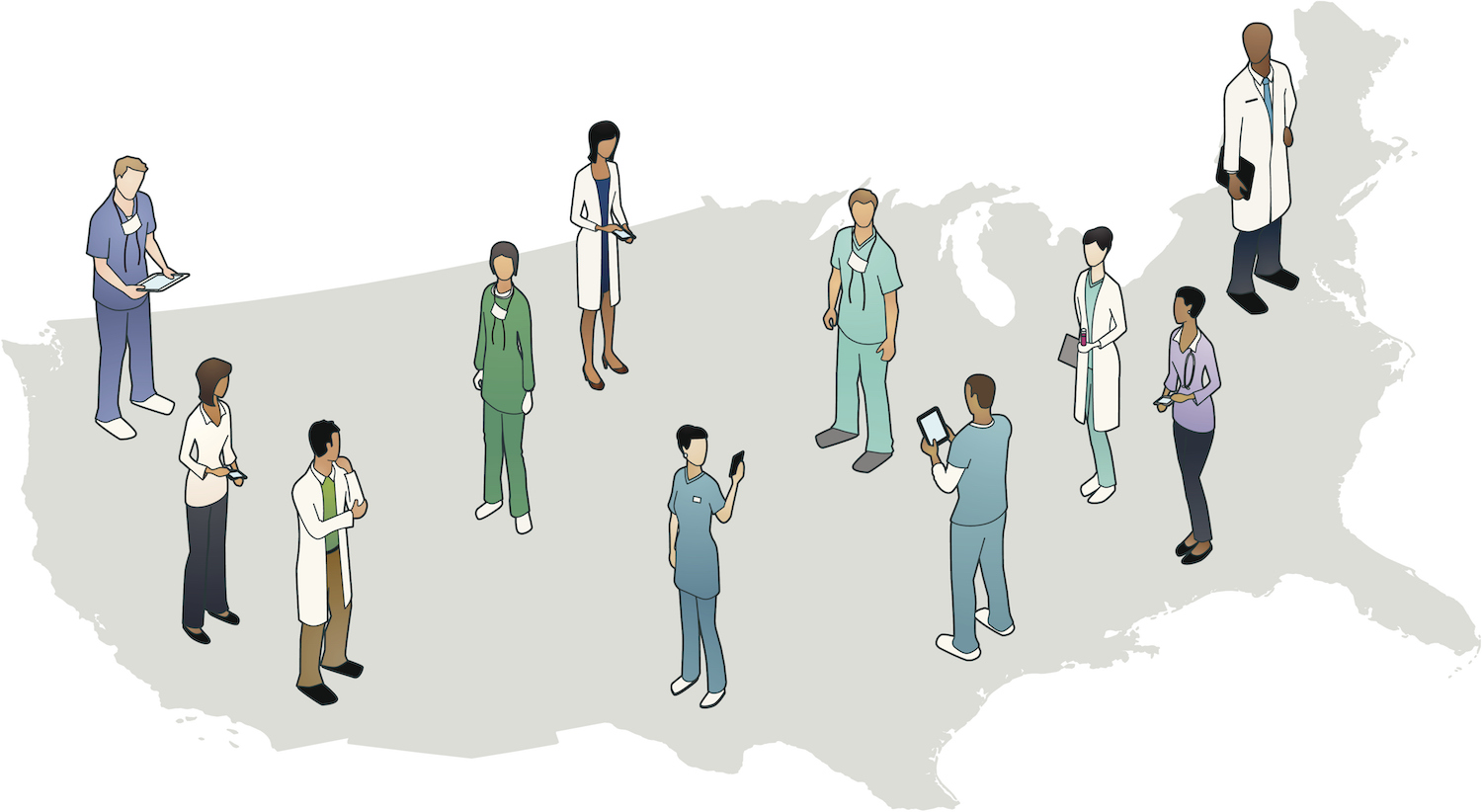Importance: Federal policy changes in 2002 and 2009 led some states to expand public health insurance coverage to non-US-born children and pregnant women who are lawful permanent residents during their first 5 years of residency in the United States. In other states, there were concerns that insurance expansion could attract immigrants to relocate to gain free health insurance coverage.
Objective: To examine whether expansion of public health insurance to non-US-born, lawful permanent resident children and pregnant women during their first 5 years of residency is associated with increased interstate migration among these groups.
Design, Setting, and Participants: This difference-in-differences analysis included data on 208,060 immigrants from the American Community Survey from 2000 through 2016, with analysis including all 50 states and the District of Columbia. The study sample included 2 treatment groups that became eligible under the expanded coverage: lawful permanent resident adults with at least 1 non-US-born child younger than 18 years (n = 36,438) and lawful permanent resident women of reproductive age (n = 887,418). Control groups that remained ineligible under the expanded coverage included lawful permanent resident single men (n = 56,142), and lawful permanent resident postreproductive women (15,129). A difference-in-differences design compared migration rates between eligible and ineligible immigrant groups before and after insurance coverage expansions. Data analysis was performed from November 3, 2018, to May 31, 2019.
Exposures: Public health insurance coverage for immigrant women and children who were lawful permanent residents within 5 years of residency.
Main Outcomes and Measures: Migration to a health expansion state from any other state and from a neighboring state.
Results: Of 208,060 immigrants (47% women in the weighted sample; mean [SD] age, 32.97 [12.94] years; 63% Hispanic), the mean (SD) annual move rate across the entire sample was 3% (17%). Expansion of public health insurance to non-US-born children or pregnant women within their first 5 years of residence was not associated with interstate movement for health benefits. Coverage expansion for non-US-born children of lawful permanent residents was not associated with a change in the rate of in-migration higher than 1.78 percentage points or lower than -1.28 percentage points. The corresponding estimate for coverage expansion of lawful permanent resident pregnant women was a change higher than 1.38 percentage points and lower than -1.20 percentage points.
Conclusions and Relevance: The results suggest that states considering expanding health care benefits coverage to recently arrived immigrant children and pregnant women may be unlikely to experience in-migration of these persons from other states, which has important implications for understanding short- and long-term program costs.



